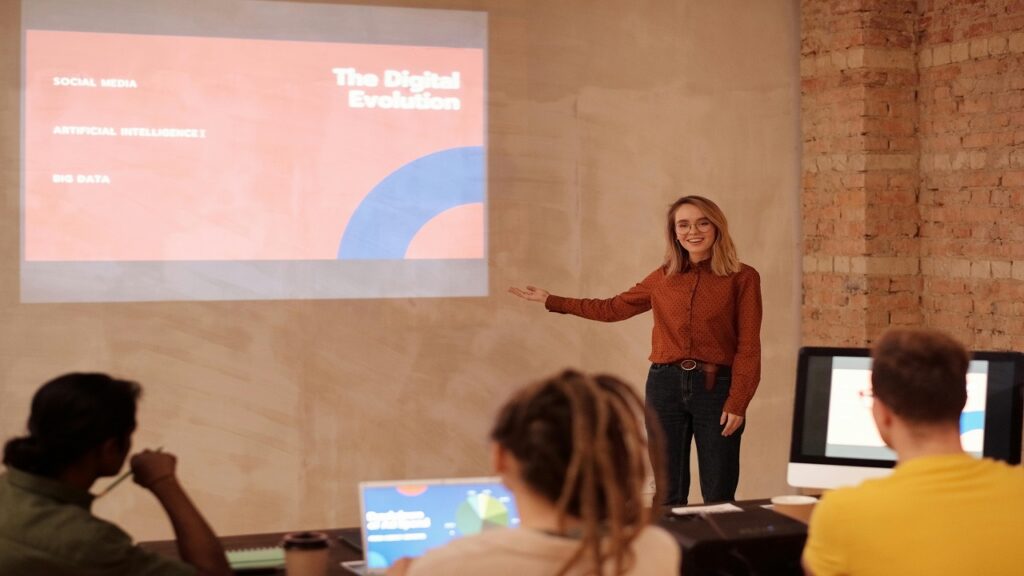Introduction
The digital landscape is evolving at breakneck speed. Traditional social networks have centralized control over content, visibility, and data, leaving users feeling increasingly restricted. Enter decentralized social media a transformative movement where power shifts back to creators and communities. On platforms like Minds.com, users are discovering new freedoms, incentives, and opportunities that redefine online interaction. In this article, we unpack how decentralized social media is disrupting the status quo and reveal seven proven secrets to building a thriving presence in this rapidly growing ecosystem.

The Decentralized Social Media Revolution
Decentralized social media platforms, such as Minds.com, challenge the monopoly of tech giants by dismantling central control. These networks operate on blockchain technology or federated protocols, fostering transparency and choice. Users own their content, data, and audience, creating communities governed more democratically, with minimal top-down moderation. The result? A more vibrant, diverse, and resilient online world where innovation flourishes and censorship resistance thrives.
How Blockchain Powers Community A New Era
Blockchain lies at the heart of decentralized social media, introducing secure and verifiable digital ownership. On these platforms, activity whether posting, commenting, or supporting creators—is often rewarded with cryptocurrencies or custom tokens. This innovative approach motivates engagement, fuels creator economies, and insulates communities from dependence on advertiser revenue. Blockchain also ensures transparency in content promotion, making algorithms auditable and reducing the risk of manipulation.
Monetization Strategies for Decentralized Social Networks
Decentralized platforms flip the script on monetization. Instead of relying on intrusive advertising or opaque algorithms, they let creators sell memberships, unlock paid content, or even earn from direct tips and rewards. Exclusive discussion groups, affiliate programs, and access to analytics empower creators to monetize their expertise while giving fans new ways to support those they admire. With cryptocurrencies, payments and microtransactions become frictionless and global, untethered from traditional banking constraints.
Top 7 Proven Secrets to Building Your Following
- Emphasize Free Speech and Transparency:
Foster open dialogue by creating clear, community-driven rules that respect free expression. Audiences gravitate toward spaces where voices aren’t stifled but guided by transparent policies. - Leverage Unique Reward Systems:
Implement or utilize built-in token economies offer rewards for engaging, sharing, or building value in your network. Recognition and incentives boost user participation. - Facilitate Creator and Community Ownership:
Encourage ownership through tools that allow users to control their data, decide community policies, and share in platform success—helping to build loyalty and trust. - Harness Open-Source Customization:
Adopt customizable, open-source platforms like Minds.com. This flexibility allows you to meet your community’s needs and easily add features, integrations, or branded designs. - Enable Multi-Protocol Interoperability:
Choose systems that connect with web2 and web3 protocols (such as ActivityPub, RSS, Bitcoin, Ethereum). Broader interoperability translates to a larger, more connected audience. - Cultivate Strong Niche Communities:
Build around passionate interests, whether it’s independent journalism, artistic collaborations, or decentralized tech. Smaller, focused groups tend to have higher engagement and loyalty. - Master Secure Data Sovereignty:
Prioritize privacy and security by ensuring users own and can export their data and communications at will, reducing reliance on potentially hostile or unpredictable third parties.
Overcoming Challenges in Decentralized Social Media
Growth in decentralized social media comes with unique hurdles. New networks often face issues with moderation, onboarding user-friendly experiences, and building critical mass to challenge established giants. Decentralized models sometimes struggle with discoverability, as users are spread across many servers or protocols. To overcome these challenges, platforms invest in seamless onboarding, clear tutorials, robust support, and interoperable features to bridge new users with established audiences. Network effect remains a core challenge: as more people join, the platform’s value increases. Forward-thinking strategies, including partnerships and rewards, help tip the balance toward mass adoption.
How to Start Your Decentralized Community
Launching a decentralized community is now more accessible than ever. First, determine your core purpose who do you want to empower, and what values define your group? Next, select a flexible platform offering ownership, monetization tools, and cross-protocol reach like Minds.com. Customize your space, whether it’s public or private, and set transparent rules to foster healthy engagement. Don’t overlook practical needs: you may require roles such as a moderator, content manager, or even collaborate with a precast contractor if your community operates both online and in physical spaces. By leveraging robust features such as exclusive groups, push notifications, and analytics, you can guide your audience through a secure, rewarding online experience.
Conclusion
Decentralized social media reimagines how we connect, share, and prosper online. With user ownership, innovative rewards, and enhanced privacy, these platforms offer a compelling alternative to legacy networks. By embracing the seven proven secrets outlined here and staying agile in the face of challenges, budding communities can flourish in this new digital frontier. Now is the perfect time to claim your space and shape the future of social networking.
